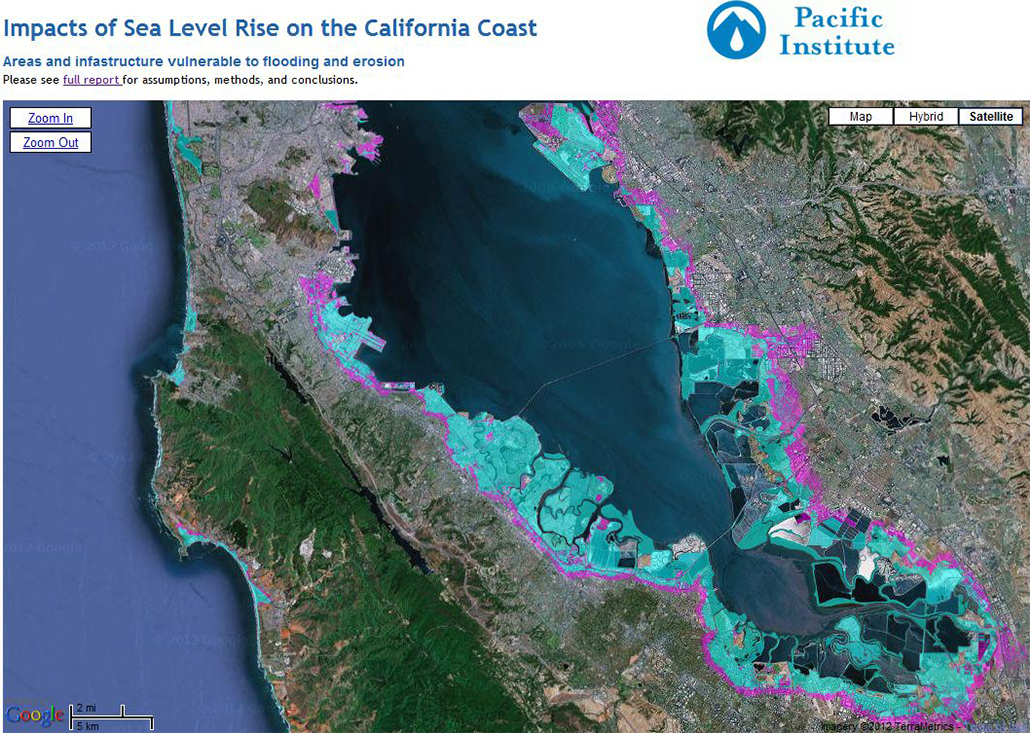Carbon Emission Offsets and Criteria Pollutants: A California Assessment
Place: California • Date: 2008 • Partner: Union of Concerned Scientists
Project Summary
This report provides an economy-wide assessment of how the use of offsets within a California cap-and-trade system may affect criteria pollutants. We used the Berkeley Energy and Resources (BEAR) macro-economic model to simulate Scoping Plan implementation and consider five offsets scenarios and their impact on criteria pollutants.
This is the first economy-wide assessment of how the Global Warming Solutions Act will affect criteria pollutants in California. Assuming that AB32 is implemented according to the climate action measures recommended in the proposed Scoping Plan and offsets are not used, most criteria emissions in the state will be reduced. Even though the policies within the scoping plan are targeted at reducing global warming emissions, this suite of policies simultaneously reduce reactive and toxic co-pollutants like methane,,benzene, carbon monoxide, smog-forming nitrogen oxides (NOx).
However, if AB32 implementation includes the use of offsets from out of state, these criteria pollutant reductions are decreased and in at least one case reversed. In other words, offsets can lead to increases in criteria pollutants. Thus a policy (offsets) that may be globally CO2-neutral will sustain or even intensify local pollution in California.
If offsets are limited to emission reduction projects occurring within the state, mitigation of Total Organic Gas toxins can be further reduced as, for example, global warming emission reduction efforts are shifted to the methane-intensive agriculture and landfill sectors, but nitrogen oxide (NOx) emissions will increase against baseline emissions because AB32 policies expand demand for transport services.
The Western Climate Initiative and the AB 32 Scoping Plan propose that in California, out-of-state offsets be allowed to substitute for up to 49% of the total global warming emission reductions below 2012 cap level under the regional cap-and-trade program. This could mean that more than half of the emission reductions expected to be achieved in California by the cap and trade program could come from offsets. The results of this study show that if out-of-state offsets are permitted at a 50% or higher level, AB32 mitigation of criteria pollutants will be seriously undermined, and in some cases completely reversed.
For instance, while AB 32 implementation without offsets reduces Carbon Monoxide by more than 1,917 tons per year, allowing 50% of the cap and trade reductions to come from out-of-state offsets actually increases CO by more than 2,500 tons per year, wiping out the gains from AB 32 and intensifying smog-forming pollution in California. Similarly, fine particle pollution caused by combustion of fossil fuels (PM 2.5) is reduced by more than 63 tons per year if AB 32 is implemented with in-state offsets. When 50% of the cap-and-trade reductions are allowed to be achieved through out-of-state offsets, PM 2.5 increases by over 200 tons per year.
If out-of-state offsets are allowed to substitute for 100% of the California emission reductions expected from the cap-and-trade program, CO and PM 2.5 emissions are expected to rise by more than 5,000 tons and 300 tons per year respectively above the AB 32 baseline.
Out of state offsets substitute reductions elsewhere for in-state reductions, effectively exporting the in-state benefits. These include co-pollution effects accompanying offset GHG emissions, as well as more complex collateral effects of mitigation shifting. Generally speaking, however, offsets repress incentives to invest in mitigation technologies in California.
From an environmental perspective, offsets forsake the opportunity to reduce local pollution, which often is toxic and represents substantive local public health risk and environmental damage. The costs of such effects and, just as important, the benefits of local mitigation, are not usually considered in the global efficiency argument. They need to be estimated and included, however, if local stakeholders are to fairly compare offsets with in-state global warming pollution reductions. Outsourcing climate action through offsets ultimately outsources innovation and its rewards.
The full implications for the state of relying on offsets to meet global warming emission reduction goals are only partially understood. Some industry stakeholders strenuously advocate offsets because they may reduce short-term adjustment costs. To achieve a balanced appraisal of this approach, more evidence is needed. At this critical moment of policy debate, we all need to better understand the benefits and costs of offsets.
Most Recent Entries

Low Carbon Biomass Conversion in the Sierra Nevada







